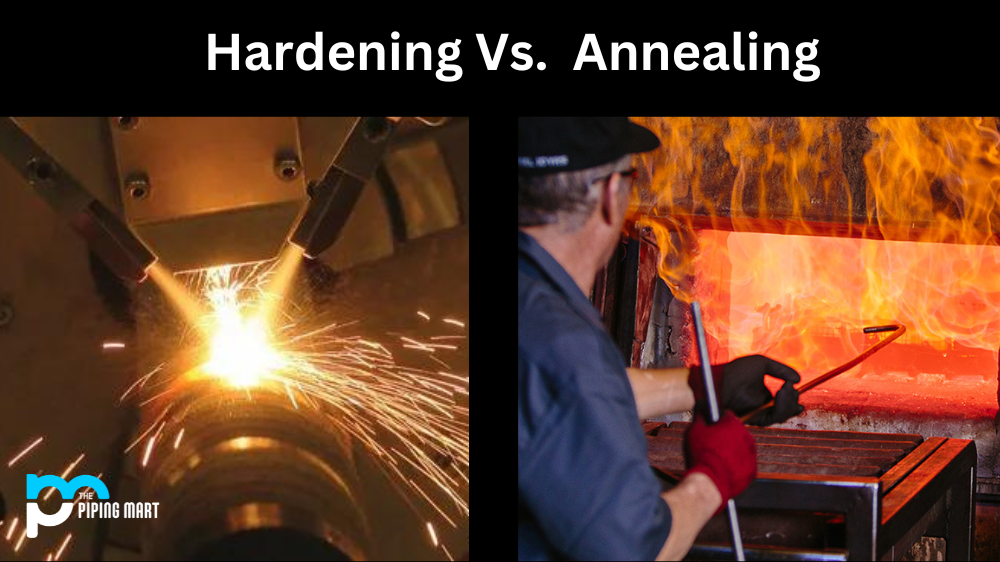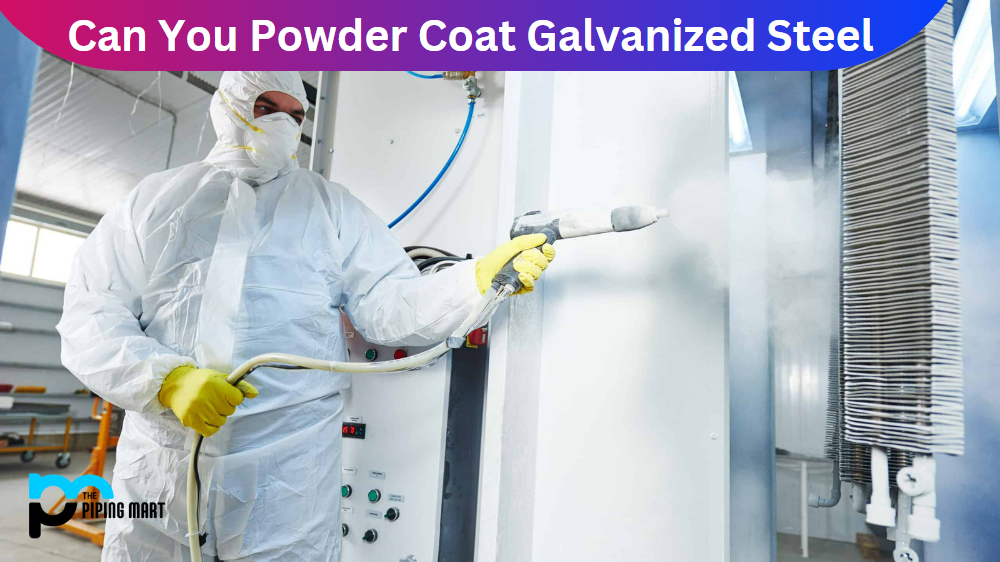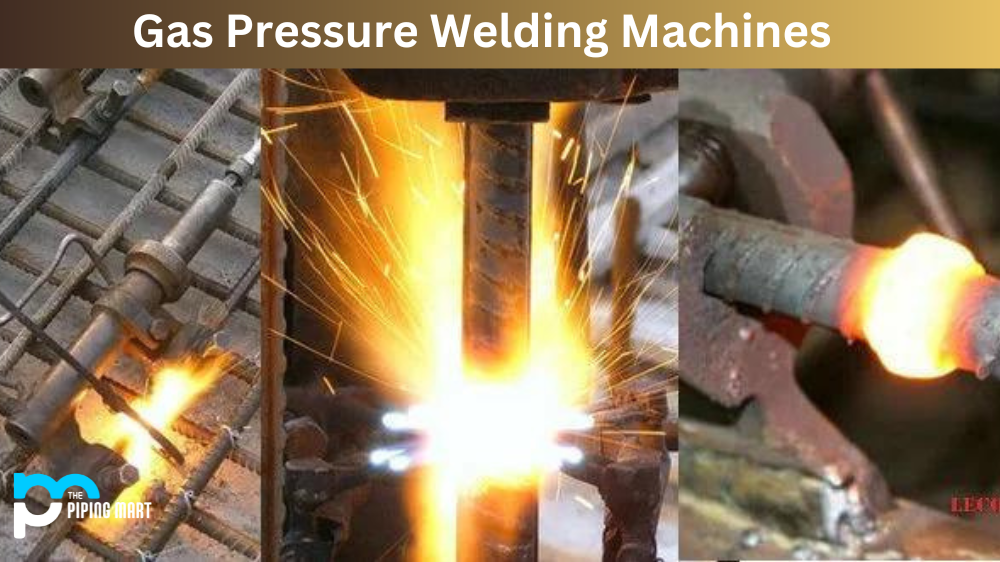Have you ever wondered what the difference is between hardening and annealing? While these two processes are often used in metallurgy and manufacturing, they have very different purposes. This blog post will discuss what hardening and annealing are, how they differ, and when to use them.
What is Hardening?
Hardening is a process that increases the hardness of a material by changing its internal structure. This can be done through various methods, such as heat treatment or quenching. Heat treatment typically involves heating the metal to a specific temperature before cooling it slowly. Quenching consists in cooling the metal rapidly with cold water or oil after it has been heated. Both of these methods change the physical properties of the metal, making it stronger and more resistant to wear and tear.
What is Annealing?
Annealing is a process that softens a material by rearranging its internal structure through heating and slow cooling. During annealing, the metal is heated to a specific temperature and then cooled slowly until it reaches room temperature or slightly lower. This process makes the metal softer and less brittle, making it easier to shape into desired shapes or sizes without breaking or cracking. It also reduces stress within the material, which can help prevent cracking during usage.
Difference between hardening and annealing
Difference in Process:
The main difference between hardening and annealing is how they are processed. Hardening involves heating the metal to a specific temperature and cooling it rapidly, while annealing requires heating the metal to a particular temperature and then cooling it slowly.
Difference in Purpose:
The main difference between hardening and annealing is their Purpose. Hardening is done to increase the hardness and strength of iron-based alloys, while annealing is done to make metals softer and more ductile.
Difference in Result:
The main difference between hardening and annealing is their ResultResult. Hardening makes metals harder and stronger but less ductile and more brittle, while annealing makes metals softer and more ductile but less strong and more brittle.
Conclusion:
In summary, hardening and annealing are two completely different processes used for other purposes in the metallurgy and manufacturing industries. Hardening increases hardness by changing an object’s internal structure, while annealing softens materials by rearranging their internal structure through heating and slow cooling. Knowing when to use each Process can help you optimize your production process for maximum efficiency and quality assurance! Intended Audience: Metallurgists, manufacturers, engineers

Meet Bhavesh, a seasoned blogger with a wealth of knowledge and experience. From metal products manufacturing to retail, Bhavesh has a diverse background in various industries and is dedicated to sharing his insights and expertise with readers.




